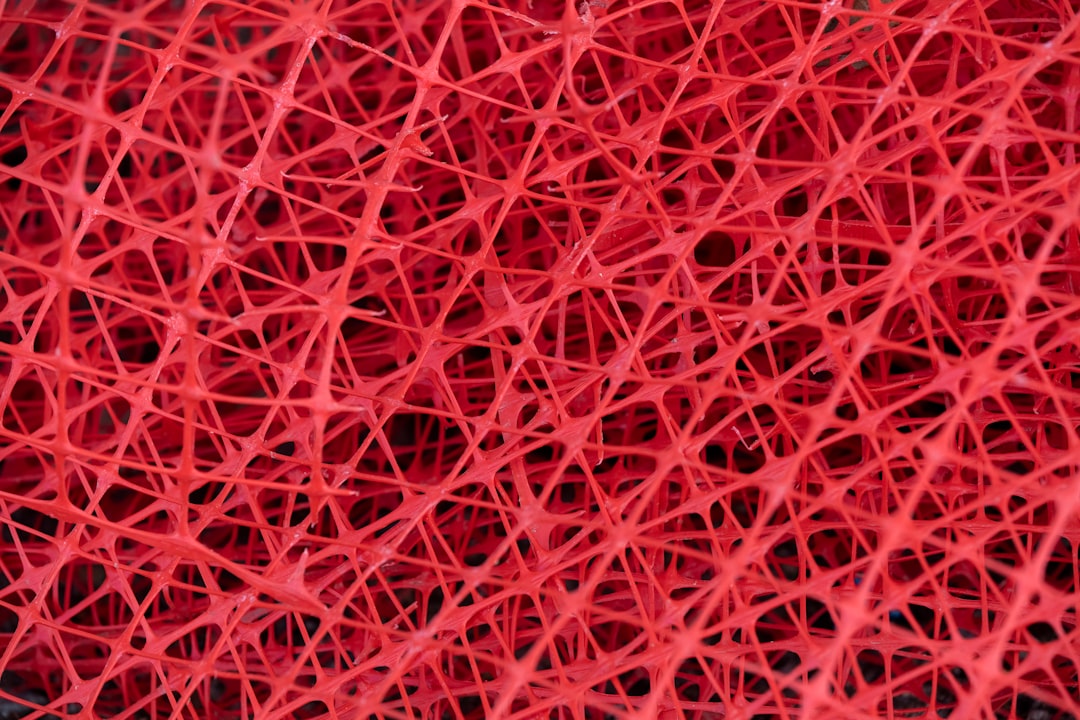What is it about?
Complex Injuries to knee or ankle can lead to permanent disabilities and chronic pain. In particular, walking deficits are most often observed: the gait become assymetric, slow and unsteady (limping). Interventions, such as surgery, physical therapy or intensive rehabilitation, can improve patients' status. It is important to have assessement tools capable to evaluate the efficacy of those interventions on gait quality. Classical methods for the study of walking abilities rely on short walk tests or video analysis of the gait. One major drawback of these approaches is that they are limited spatially and temporally. Therefore, we postulated that measuring gaits over a long period in free-living condtions could bring further information about true walking capacities.
Featured Image
Why is it important?
We used a simple accelerometer, similar to those found in smartphones, to gather information about gait and walking capacities in free-living conditions over one week. We studied 66 patients suffering from after-effects of injuries to knee or ankle. They exhibited chronic pain and were hospitalized for intensive rehabilitiation. For comparison, we also measured 81 healthy adults. The results attest the validity of the method: we were able to differentiate between patients and healthy participants. In adition, two measured parameters were similar to a standard evaluation of walking capacity.
Perspectives
The present study provides the first insights into the feasibility, reliability, and validity of a method that analyse gait and walking ability in free-living conditions. The results show that the method may be useful as a complementary tool to usual tests used in clinical practice. Further investigations are needed to study whether the efficacy of treatments could be better evaluated through this innovative method.
Dr Philippe Terrier
Institute for research in rehabilitation
Read the Original
This page is a summary of: Monitoring of Gait Quality in Patients with Chronic Pain of Lower Limbs, IEEE Transactions on Neural Systems and Rehabilitation Engineering, January 2017, Institute of Electrical & Electronics Engineers (IEEE),
DOI: 10.1109/tnsre.2017.2688485.
You can read the full text:
Resources
Contributors
The following have contributed to this page










